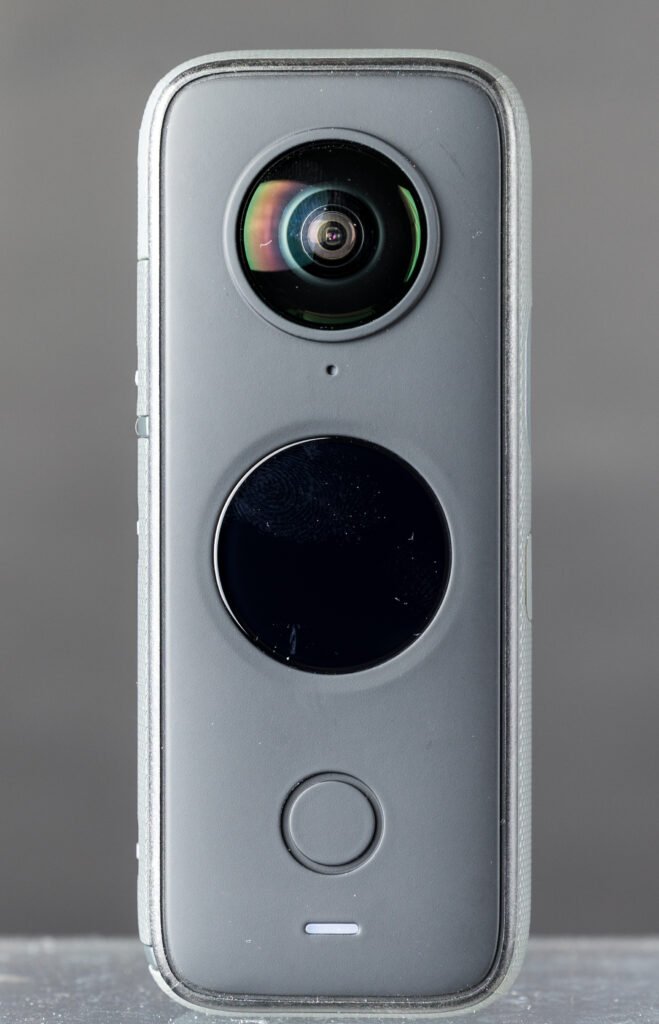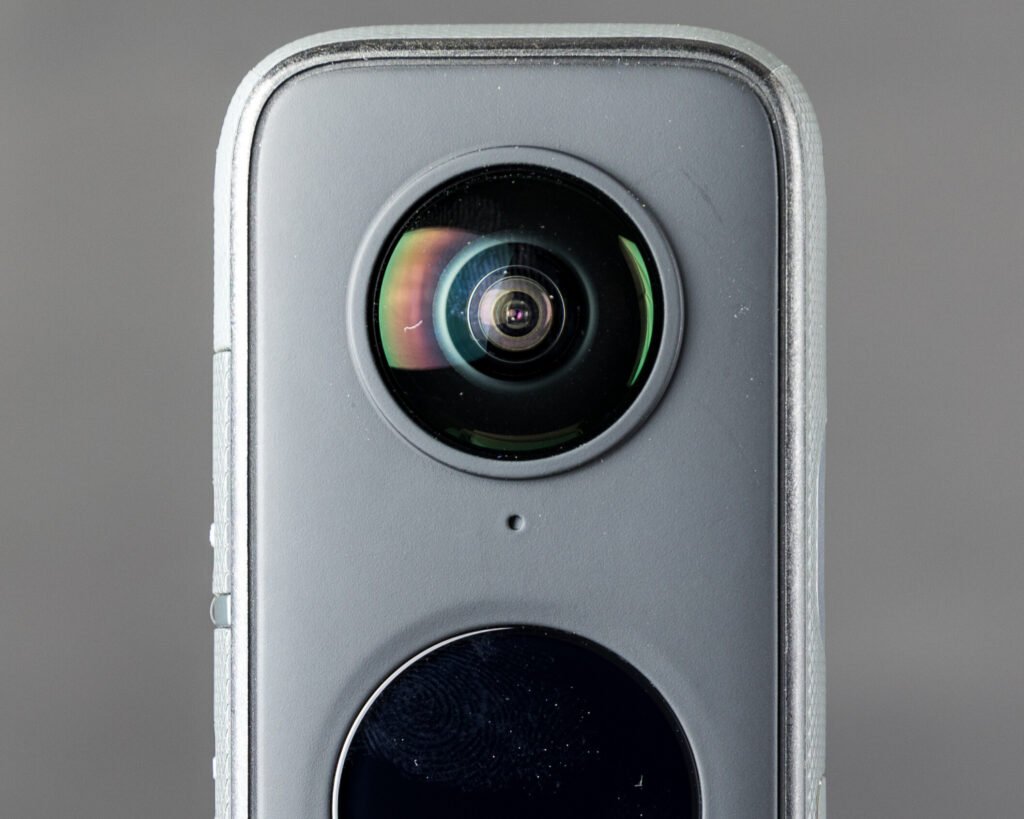As technology advances rapidly, more creators, travelers, marketers, and virtual reality developers are turning to immersive media to engage their audiences. One device that’s gaining serious momentum is the 360 degree camera. But before investing in one, it’s essential to weigh the pros and cons of a 360 degree camera in 2025 to determine if it’s the right fit for your needs.
The market is now flooded with sleek, compact, and powerful 360 cameras that promise to transform the way you record your experiences. From capturing real estate walkthroughs and live events to creating virtual tours and next-level vlogs, the use cases are vast. However, just like any piece of technology, there are both advantages and limitations. Understanding the pros and cons of a 360 degree camera in 2025 will help you make a smarter, more cost-effective buying decision.
In this article, we’ll explore what makes these cameras appealing in 2025, including their AI-powered features, compatibility with VR/AR platforms, and stunning visual output. We’ll also dive into the common downsides like editing complexity, storage needs, and platform limitations. If you’re asking whether a 360 camera is right for you, exploring the pros and cons of a 360 degree camera in 2025 is the perfect place to start.
What is a 360 Degree Camera?
A 360 degree camera captures images and videos in all directions at once. By using multiple lenses—usually two or more—these cameras can stitch footage together into a seamless spherical image or video. The resulting content allows viewers to look around in every direction, offering a fully immersive experience.
Thanks to advancements in sensor technology, AI-based stabilization, and mobile compatibility, 360 cameras in 2025 are smarter, lighter, and more powerful than ever. But despite their innovations, it’s still crucial to understand the pros and cons of a 360 degree camera in 2025 before investing.
Pros of a 360 Degree Camera in 2025
1. Immersive Content Creation
One of the biggest advantages of using a 360 degree camera is the ability to create immersive and engaging content. Whether you’re shooting virtual tours, action sports, or interactive documentaries, a 360 camera enables your audience to feel like they’re part of the scene.
2. Versatility and Multi-Purpose Use
In 2025, many 360 cameras can function as both action cameras and standard wide-angle shooters. With options to reframe and edit footage after shooting, creators enjoy greater flexibility during post-production. This makes the pros and cons of a 360 degree camera in 2025 even more appealing to mobile journalists and vloggers.
3. Compact and Travel-Friendly
Modern 360 degree cameras like the Insta360 X4 or GoPro Max 2.0 are compact, waterproof, and easy to carry. These are ideal for travel bloggers or adventure enthusiasts who need lightweight gear without sacrificing quality.
4. VR and AR Compatibility
360 cameras are essential tools for creating content for VR headsets and AR environments. In 2025, the growing adoption of the metaverse and mixed reality platforms makes these cameras even more relevant.
5. AI-Enhanced Features
Another pro in the pros and cons of a 360 degree camera in 2025 is the integration of AI features such as automatic tracking, stabilization, noise reduction, and scene detection. These enhancements reduce the learning curve for beginners and speed up workflows for professionals.
6. Social Media Integration
Popular social platforms like YouTube, Facebook, and Instagram now support 360 content, allowing creators to publish immersive videos directly from their mobile devices. This opens new creative opportunities and boosts engagement rates.
Cons of a 360 Degree Camera in 2025

1. High Cost for Premium Models
While entry-level 360 cameras are affordable, high-end models with advanced sensors, AI features, and professional-grade output can be expensive. This cost factor is a key downside when evaluating the pros and cons of a 360 degree camera in 2025.
2. Steeper Learning Curve
Creating effective 360 content requires understanding stitching, reframing, and post-production techniques. Users who are new to video editing may find this workflow more complex than traditional cameras.
3. Limited Use Cases
Not every scenario benefits from 360 capture. For instance, standard interviews, product reviews, or tightly framed scenes may not justify the use of a 360 degree camera.
4. Storage and Battery Challenges
360 videos are larger in file size, which demands more storage and faster memory cards. Additionally, continuous 360 recording drains battery quickly, which can be a limitation for long shoots.
5. Stitching Errors and Artifacts
Although stitching algorithms have improved significantly, errors can still occur—especially in complex environments with fast-moving subjects or extreme lighting changes.
6. Compatibility Issues
Some editing software and social media platforms may have limited support for native 360 formats. This can cause issues with sharing or rendering content, adding extra steps to your workflow.
Best Use Cases for 360 Degree Cameras in 2025
To better evaluate the pros and cons of a 360 degree camera in 2025, it helps to look at where they shine the most:
- Real Estate Virtual Tours
- Adventure and Action Sports
- VR Gaming and App Development
- Event and Concert Coverage
- Travel Vlogging and Documentary Filmmaking
If your use case falls into one of these categories, a 360 camera might be the perfect addition to your gear in 2025.
Final Thoughts: Weighing the Pros and Cons of a 360 Degree Camera in 2025
After exploring all the key points, it’s clear that the pros and cons of a 360 degree camera in 2025 are more balanced than ever. These cameras have evolved into smart, compact, and powerful tools that offer creators new ways to connect with audiences through immersive, engaging content. From virtual tours and live events to travel vlogs and VR experiences, 360 degree cameras open up a whole new creative frontier.
That said, they’re not without their challenges. High-end models can be expensive, post-production requires a bit of a learning curve, and not all platforms fully support 360 formats yet. Still, for those who prioritize innovation, storytelling, and next-gen engagement, the benefits often outweigh the limitations.
So, should you buy one? If your work involves immersive content or you’re looking to future-proof your gear, then yes—exploring the pros and cons of a 360 degree camera in 2025 will likely lead you toward making a smart investment. As the tech matures and becomes even more accessible, 360 cameras are set to become an integral part of creative workflows in years to come.
In the end, it’s all about what you need—and now you have the insights to choose wisely.
For more tech reviews, insights, and buyer’s guides, visit GadgetSyte.com—your ultimate destination for the latest in 2025 tech.







